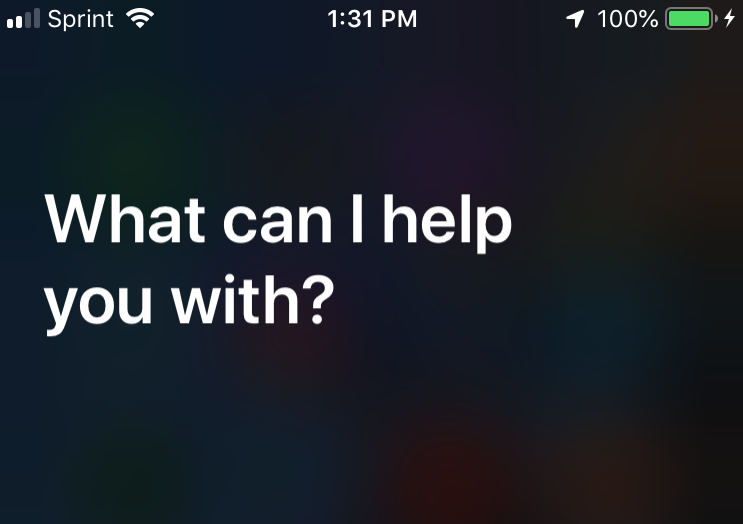
By now, most of us are talking to our electronic devices. I don’t mean the kind of brash insulting we sometimes resort to when our phones or tablets fail to do what we want them to, but the kind of talking that actually expects an answer. Personally, I find it a little unsettling. Perhaps that’s due to the “uncanny valley of communication” it presents. Talking to an near-sentient artificial being feels almost natural, yet still unnatural enough to keep me emotionally off balance. I have to confess to unplugging my Alexa for a sense of privacy immediately after thanking it for giving me an answer to a silly question. It’s all still so weird, man.
As weird as it may seem to me, nearly 60 percent of searches are now done on a mobile device, and more and more of these searches are done using one’s voice rather than engaging in the often tedious process of typing in actual words using the world’s tiniest keyboards. In fact, according to a recent Internet trend report, at least 50 percent of searches will be done “through image or speech” by the year 2020. Given the obvious, it’s high time we start regarding our searchable content in terms of how people “speak” as opposed to how they “type”.
Search engines were introduced – are you sitting down? – in the mid 1990s. Since then we’ve all gotten pretty good at inputing just the right keywords into our search bars to get only those results that come closest to what we want. Likewise, digital marketers have been carefully including those keywords into their web copy to attract search engine bots. And while we’ve been enjoying this electronically symbiotic relationship for decades, things are about to change. We’re going to have to start thinking with our mouths, so to speak. In other words, copy is going to have to become more conversational in order to compete for search rankings.
Does this mean that web copywriters are going to have to become proficient in memes and slang? Dunno, dude. Sorta? Actually, it means a few things that make a lot of sense. For one, conversational searches are generally longer than typical keyword searches. We’re talking more like 7, 8 and 9 words as opposed to 2 or 3. So, instead of typing “digital marketing help” into your browser, you might say “find me agencies that do digital marketing” ending with maybe a “please” or perhaps a “right now, dammit”. Easy enough to understand, but does it also suggest that marketers are going to have to swap out tight, succinct copy for something that reads like a transcript of two people talking over a beer? Not exactly.
The best way (so far) to add conversational copy on your website is through your FAQ or Frequently Asked Questions page. Don’t have one? Tsk, you should. Users expect FAQ copy to be conversational and new copy is very easy to add. FAQ pages are also fantastic for SEO and can be as long as we want them to be, expanding into deep, topic-heavy tomes of resource material. Simply add a search function and your visitors will not only find you, they’ll be happy they did.
And to all of those B2B industrial and manufacturing marketers out there who may be wondering if their more niche audiences are using voice search to find them and are now starting to worry that they may have to redo their website and/or add an in-depth FAQ page, I say “Bruh…chill”. Most searches are for learning to perform relatively mundane tasks like “how to boil an egg” or obtaining local, general content like “where can I get a good massage”. Still, make no mistake, eventually everyone will have to answer the call to some extent or another.
Werd.
– S. Norton

Enjoy how well you write for understanding the concept.